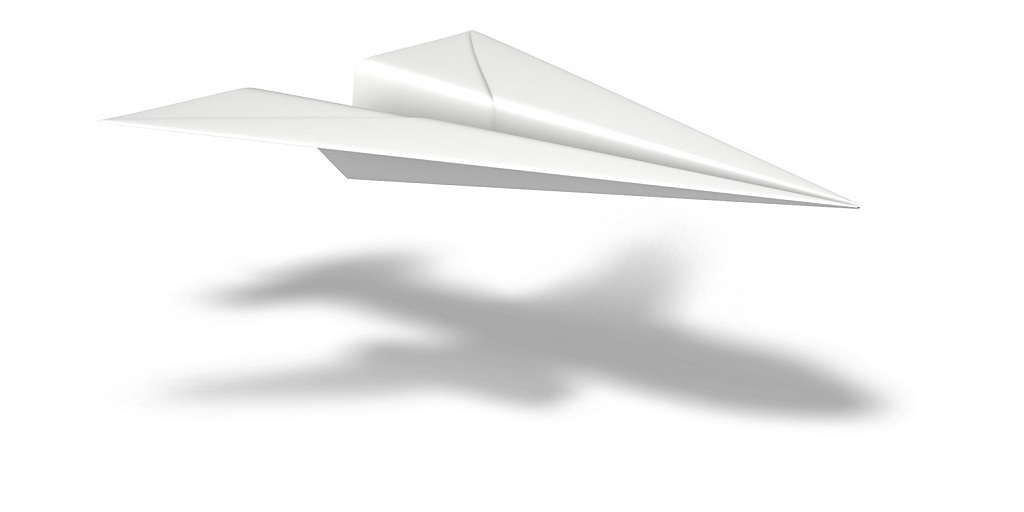Inventors Hall of Fame: Wright Brothers
Orville and Wilbur Wright, American inventors and aviation pioneers, achieved the first manned, powered sustained, and controlled flight of an airplane without any assistance at takeoff.
Orville Wright
Born August 19, 1871 – Died, January 30, 1948
Invention: Flying-Machine Airplane-
First Flight, December 17, 1903
Inducted to National Inventors Hall of Fame™ in 1975
Wilbur Wright
Born April 16, 1867 – Died May 30, 1912
Wilbur first became interested in the idea of mechanical flight after reading of Otto Lilienthal’s successful gliding experiments in Germany.
From these studies and observations, the Wrights built their first machine in 1899. It was a biplane kite which they fitted with wings that could be mechanically twisted.
Before attempting a powered flight, they decided to master gliding and built three biplane gliders, which they flew at Kitty Hawk and Kill Devil Hills on the Outer Banks of North Carolina.
One of the major breakthroughs of the Wright brothers was the ability to control and maneuver their aircraft. Since we live in a three dimensional world, it is necessary to control the attitude, or orientation, of a flying aircraft in all three axis; roll, pitch, and yaw.
The Wright brothers’ ideas for flight control were tested on a series of unpowered aircraft between 1900 and 1902. The first aircraft to achieve complete active control was the 1902 glider.
They completed their first powered machine, the Kitty Hawk, in 1903, and made history’s first powered, sustained and controlled airplane flights from level ground without any assistance at takeoff on the morning of December 17, 1903.
NASA provides a great Overview of the Wright Brothers Invention Process. In addition there is a list of all the pages at the NASA web site which deal with the math and science of the Wright Brothers’ aircraft.
Many of the pages contain “Interactive” programs so that you can learn by exploring. Clicking on the title will deliver a page with a slide and a scientific explanation of the contents. Some of the pages contain modern information which was not known by the brothers in 1905.
In 1908 they were able to conclude an agreement for production of the Wright airplane for the U.S. Army. Wilbur made the first public flight on August 8, 1908 in France and continued his exhibition flights there to the end of that year.
Invention Impact
They made history’s first powered, sustained and controlled airplane flights from level ground without any assistance at takeoff.
Inventor Bio
Wilbur was born in Millville, Indiana; Orville in Dayton, Ohio. They were the sons of a bishop of the Evangelical United Brethren Church. Both completed high school courses, but neither graduated formally. In 1893 the brothers opened a shop for the sale, repair, and manufacture of bicycles. Income from the shop supported them during the early years of their aeronautical experiments.
Orville Wright was a founding member of NACA (National Advisory Committee for Aeronautics) and served on NACA for 28 years. NASA (National Aeronautics and Space Agency) was created from the National Advisory Committee on Aeronautics in 1958.
Orville Wright received the first Daniel Guggenheim Medal. The Daniel Guggenheim Medal, awarded for “great achievements in aeronautics,” which was established in 1928 by the Daniel Guggenheim Fund for the Promotion of Aeronautics.
The Daniel Guggenheim Medal is now administered jointly by the American Institute of Aeronautics and Astronautics, the Society of Automotive Engineers, the American Society of Engineers, and the United Engineering Trustees, Inc.
Both the brothers died bachelors; aviation had been their only passion.
Posted with the permission of the National Inventors Hall of Fame™




